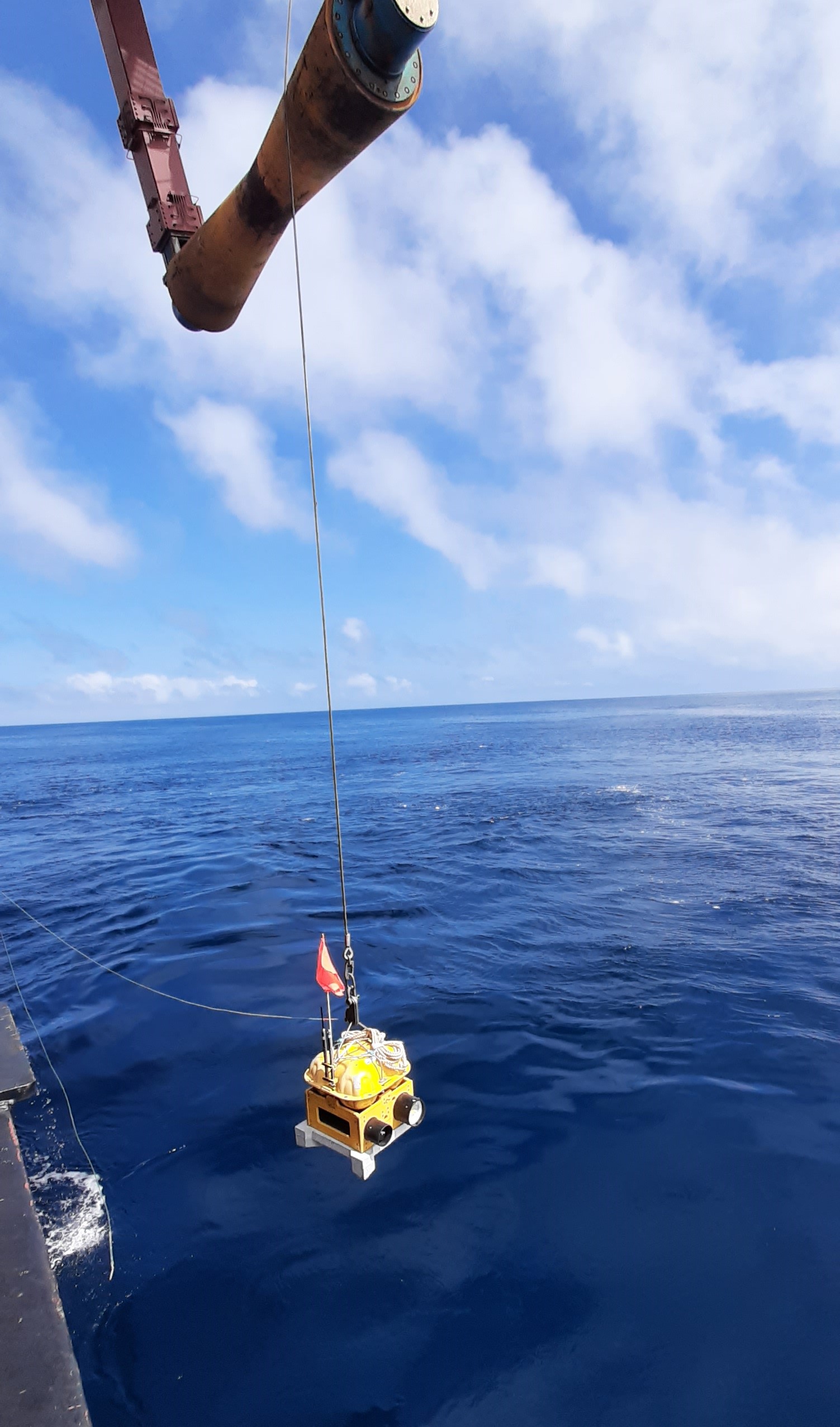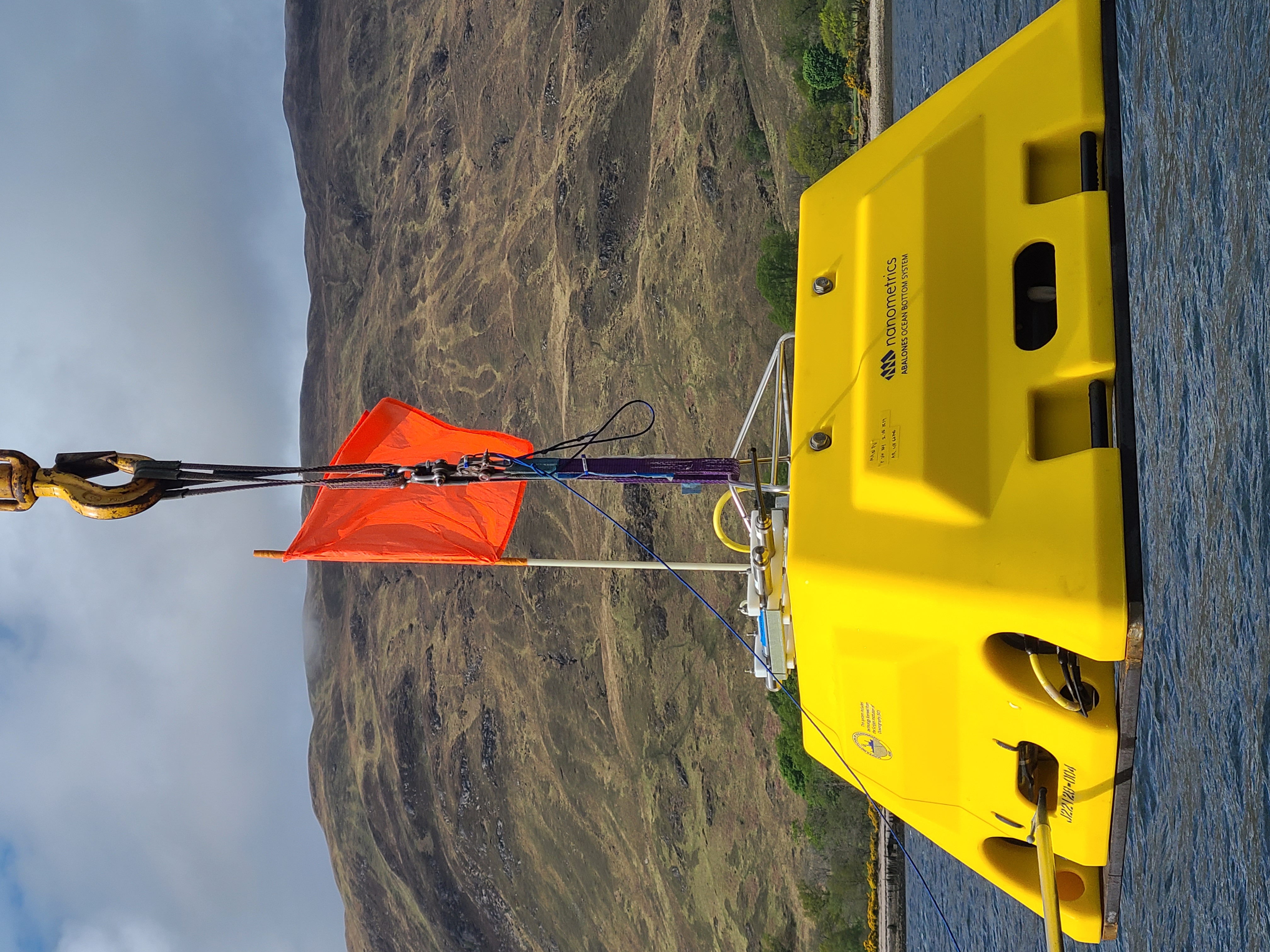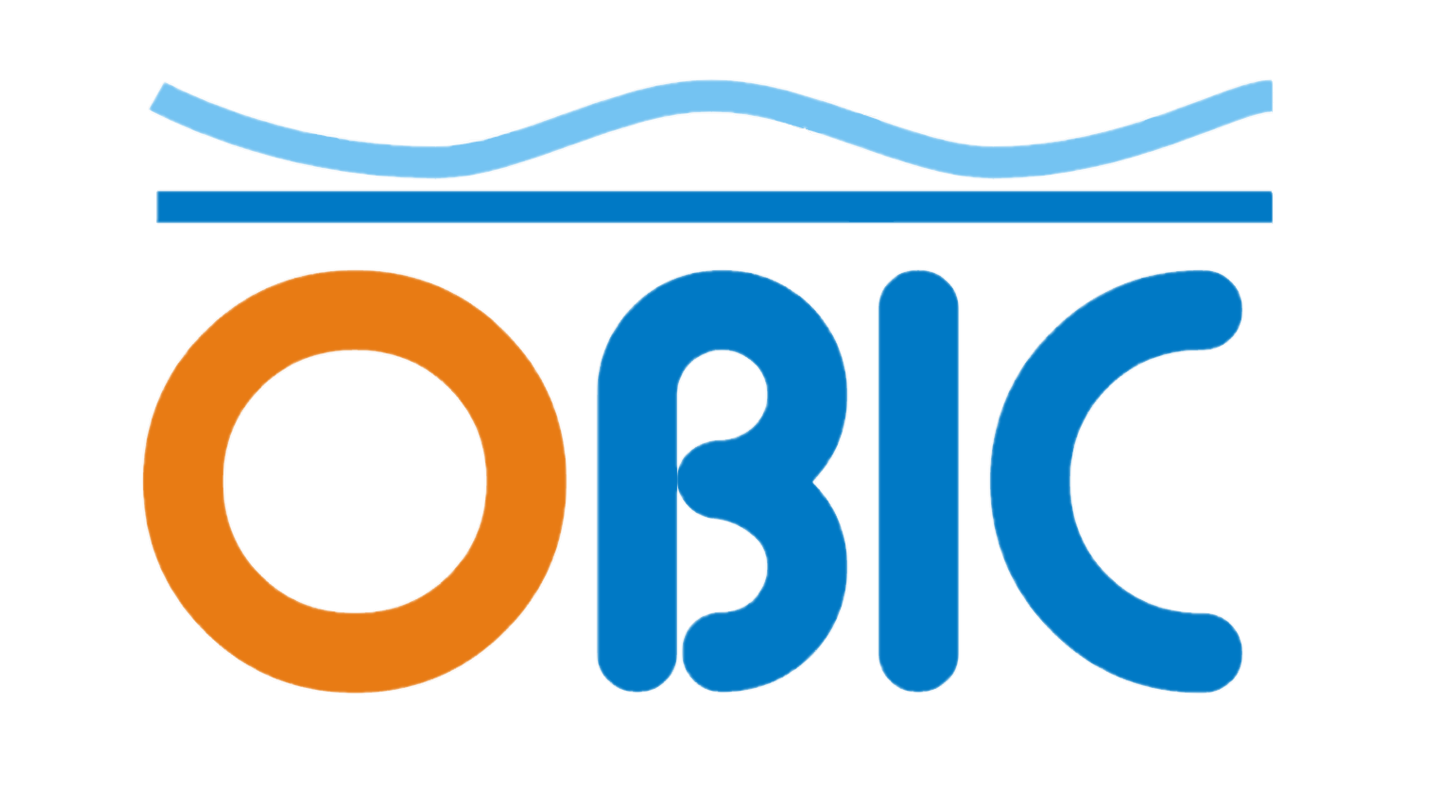OBIC’s current pool of equipment consists of over 60 instruments, and is constantly developing and evolving.
The pool is mainly made up of the LC-LJ1 and the Abalone instruments.
LC-LJ1

The LC-LJ1 is the latest generation of the LC series of ocean-bottom seismographs.
They are based on the Scripps Institution of Oceanography LC2000 system, but are continuously being developed to perform more efficiently.
The design allows the instrument to be broken down into components that are easily handled by two people, allowing for quick construction on deck prior to deployment.
The design is optimised for rapid data download and QC, so that the instrument can be re-deployed within a short time after recovery. The system is modular and allows for a variety of sensors to be used, for seismic and electromagnetic surveys.
| Specification | |
|---|---|
| Depth Rating | 5500m |
| Deployment Weight | 180 kg |
| Anchor Material | Steel or Concrete |
| Power Supply | Lithium Batteries |
| Endurance | 360 days |
| Sampling | Up to 4 kHz |
| Storage | Up to 1 TB |
| Sensors | Geophone: L28 (Resonant Fequency 4.5 Hz) |
| Geophone: GS One LF (Resonant Fequency 4.5 Hz) | |
| Geophone: L22 (Resonant frequency 2 Hz) | |
| Hydrophone: High-Tech HTI-90-U (>2 Hz) |
LC-LJ1 Electromagnetic (EM)
The instrument can also be configured as an electromagnetic receiver.
They can record two orthogonal components of electric field as well as three components of magnetic field.
The LC-LJ1 can be setup to record from its standard seismic sensors at the same time as the EM sensors, providing a dataset with co-located and orientated measurements.
| Sensor | |
|---|---|
| Electrode | Ag-AgCl Silvion CCS1 (0.1 Hz - 30 Hz) |
| Magnetic Fluxgate | Bartington Mag-13U (0 Hz - 1 kHz) |
Abalone

The Abalones is a modern broadband instrument supplied by Nanometrics.
It is made from a stable, trawl-resistant syntactic foam-based flotation frame.
This frame shields the main sensor from ocean currents and allows the sensor to rest directly on the seabed, allowing for optimal coupling while minimising unwanted environmental noise.
| Specification | |
|---|---|
| Depth Rating | 5500m |
| Deployment Weight | 406 kg |
| Anchor Material | Steel |
| Power Supply | Lithium Batteries |
| Endurance | 600 days |
| Sampling | Up to 1 kHz |
| Storage | Up to 128 GB |
| Sensors | Seismometer: Trillium Compact OBS (120 s - 175 Hz) |
| Hydrophone: High-Tech HTI-04 (>0.01 Hz) |
.
Hydrophone Array
A vertical hydrophone array is available for use in geophysical and oceanographic seismic surveys.
Sections of 8 channels with 4 metre spacing of hydrophones can be configured to provide 1 or 2 hydrophone arrays, allowing up to 32 channels for recording data (e.g. 2 separate arrays of up to 16 channels, or 1 array of up to 32 channels).
